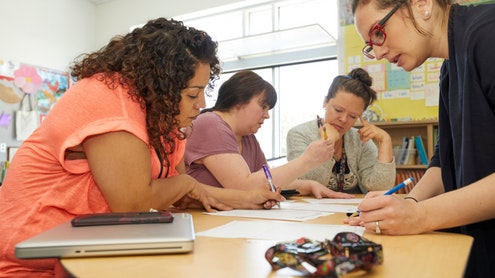Homepage
•
Learning Library
•
Blog
•
6 Benefits of Curriculum Mapping
Expand breadcrumbs
Expand breadcrumbs
- Learning Library
- Blog
- 6 Benefits of Curriculum Mapping
- Homepage
- •
- Learning Library
- •
- Blog
- •
- 6 Benefits of Curriculum Mapping
6 Benefits of Curriculum Mapping
By Julie Randles
August 29, 2022








